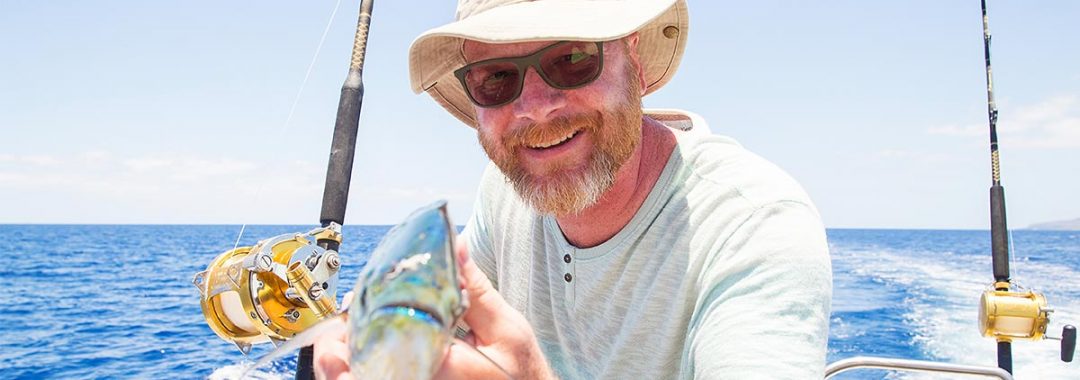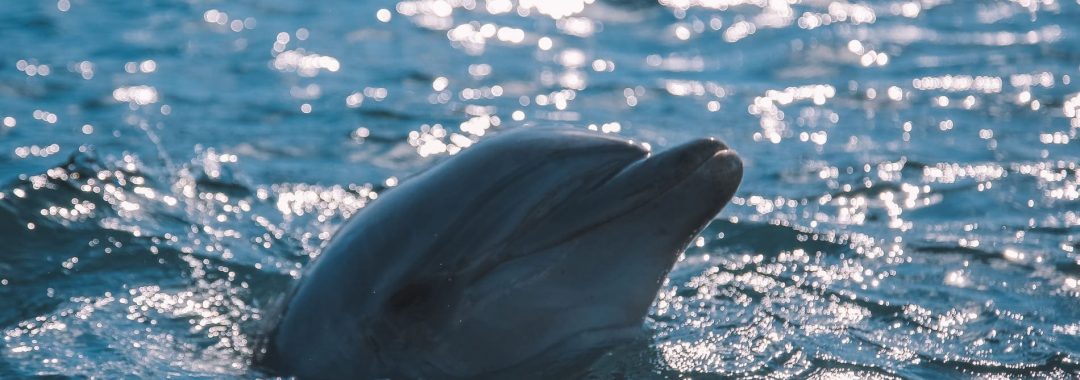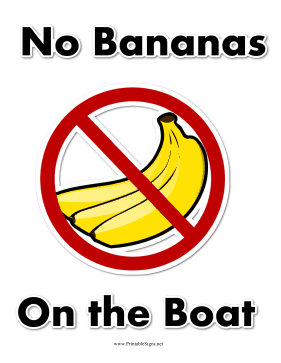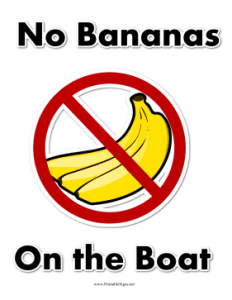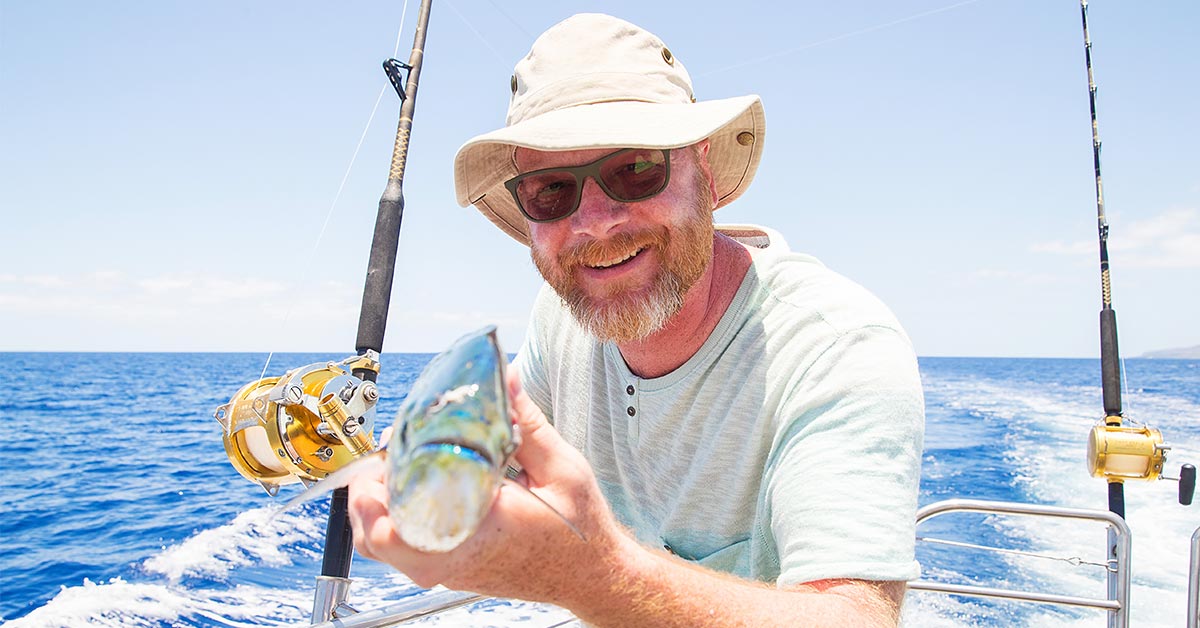
Must-Know Tips for Deep Sea Fishing in Sydney
A deep sea fishing trip in Sydney is an exciting adventure that lasts several hours, usually starting early in the morning.
You can look forward to a day filled with the thrill of fishing, amazing views of Sydney’s coastline, and the chance to catch a big fish. Be ready for some physical effort, especially when reeling in larger fish, and for changing weather conditions.
You might also see dolphins, whales, and seabirds along the way, adding to the experience. Whether you catch a big one or just enjoy the excitement of the day, deep sea fishing in Sydney is sure to be a memorable adventure.
Best Time to Go Deep Sea Fishing in Sydney
Sydney is a great spot for fishing all year, but the best time to go depends on what you want to catch.
If you’re after Marlin and Mahi Mahi, summer (December to February) is the ideal time.
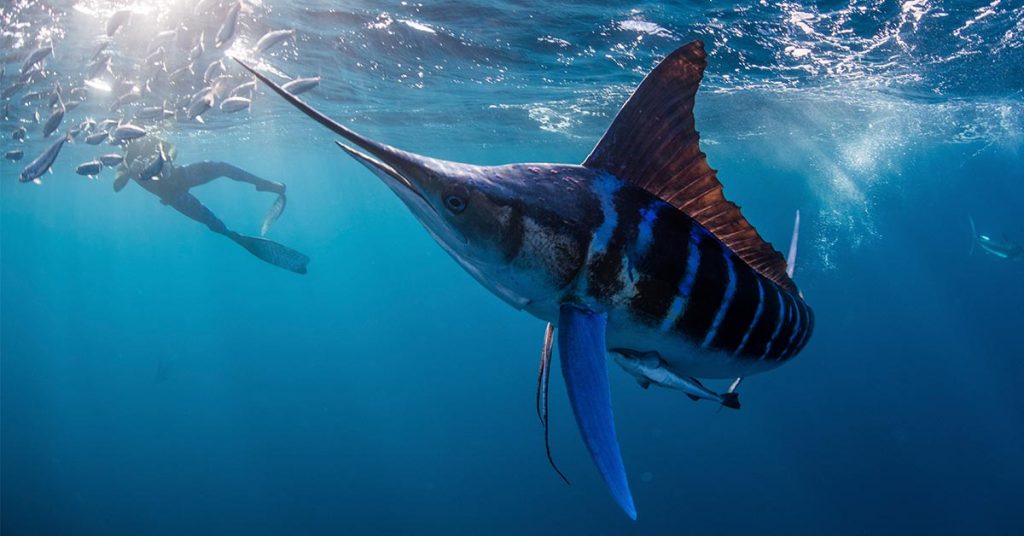
For Snapper and Yellowtail Kingfish, winter (June to August) is your best bet.
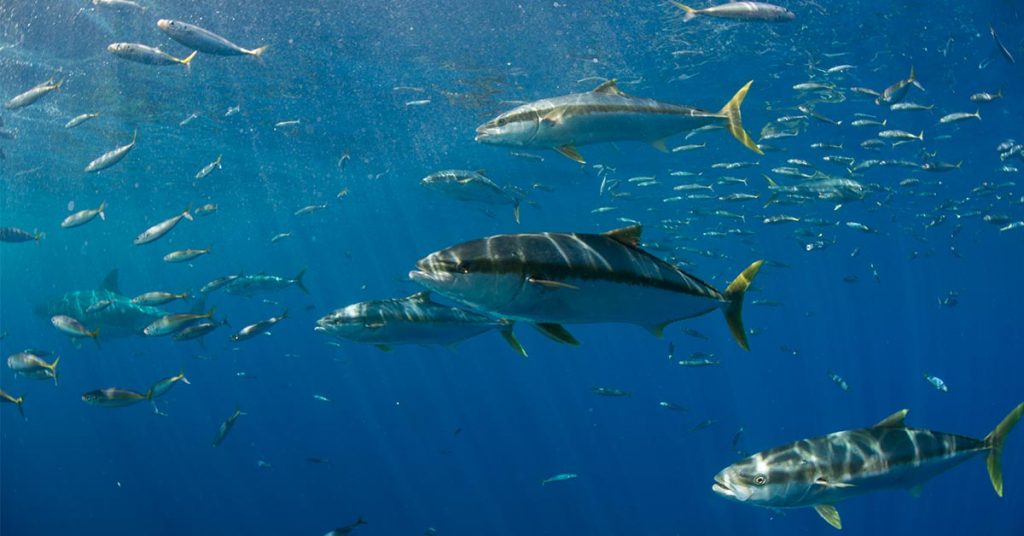
Spring and autumn also provide good opportunities for a variety of fish, making Sydney a top choice for fishing enthusiasts any time of the year.
Whether you’re an experienced angler or just enjoy fishing for fun, Sydney’s waters have something to offer year-round.
Essential Gear for Deep Sea Fishing
Having the right gear is important for a successful deep sea fishing trip. Start with strong rods and reels that can handle big fish. Choose good-quality tackle, like braided fishing lines, which are stronger and more sensitive. Bring a mix of lures and baits suited to the fish you’re after.
Strong Rods and Reels
- Heavy-duty rods and reels designed to handle large, powerful fish.
Braided Fishing Lines
- Stronger and more sensitive than monofilament, ideal for deep sea fishing.
Tackle
- A selection of hooks, sinkers, and swivels appropriate for the target species.
- Fluorocarbon leaders to prevent fish from biting through the line.
Lures and Baits
- Live Baits: Pilchards, squid, and slimy mackerel are excellent for Kingfish.
- Artificial Lures: Trolling lures, jigs, and diving plugs for targeting Tuna and Marlin.
Also, don’t forget the basics: sunscreen, polarised sunglasses, a hat, and plenty of water to stay hydrated in the sun. With the right gear, you’ll be ready for a great day of deep sea fishing.
Fishing Techniques for Sydney’s Waters
In Sydney’s waters, using the right fishing technique can make all the difference depending on the species you’re targeting.
- Trolling: This technique is great for catching Marlin and Tuna. It involves dragging bait or lures behind a moving boat, making it look like prey is swimming through the water. The movement attracts these big game fish, increasing your chances of a catch.
- Bottom Fishing: Ideal for Snapper and Kingfish, this method involves dropping weighted lines to the seafloor. The bait sits near the bottom, where these fish tend to feed, making it an effective way to lure them in.
- Jigging: This technique is perfect for fast-swimming species. It involves quickly moving the lure up and down in the water to imitate a distressed fish, which triggers the fish’s instinct to strike.
Tips for a Successful Catch
For a successful fishing trip in Sydney, patience, preparation, and adaptability are essential. Research the day’s conditions—tides, weather, and moon phases—as these can impact fish behaviour.
Choose the right bait and tackle for your target species, and be ready to adjust to changing conditions.
Communicate with your captain and crew for valuable tips and guidance. Remember, every trip is unique, so stay flexible, enjoy the process, and make the most of your time on the water, regardless of the day’s catch.
Reference : Australian Fishing Network (AFN)
Stay Informed and Responsible for a Great Fishing Experience
Before you cast your line in Sydney’s waters, make sure you’re up to date on local fishing regulations and have your recreational fishing licence ready. Knowing the rules, such as catch limits and size restrictions, helps protect fish populations and ensures sustainable fishing practices.
Many charters include the necessary licence, so check when booking. Additionally, practising responsible fishing—like catch and release for non-edible species, using eco-friendly gear, and leaving no waste behind—helps preserve Sydney’s marine environment for future generations. By staying informed and mindful, you’ll contribute to the sustainability of Sydney’s rich fishing grounds while enjoying a rewarding trip.
Choosing the Right Charter
Make your deep sea fishing experience unforgettable by booking with a top-rated charter service. At Off The Map Charters, we offer tailored trips with experienced captains who know Sydney’s waters inside and out. Whether you’re targeting a specific species or just looking for a memorable day on the water, our team provides everything you need—from quality gear to expert advice.
Book your adventure with Off The Map Charters today and enjoy a hassle-free, thrilling day at sea.
Make Safety Your First Priority for an Enjoyable Trip
While deep sea fishing is an exciting adventure, safety should always come first. Before heading out, ensure the boat is fully equipped with life jackets, emergency kits, and reliable communication tools. Take a moment to learn basic first aid and sea safety practices.
The ocean’s conditions can change quickly, so it’s crucial to follow the captain’s guidance and stay aware of the weather. If you’re prone to seasickness, consider taking precautions before the trip to keep yourself comfortable.
By prioritising safety, you can focus on enjoying your fishing experience with total peace of mind.
